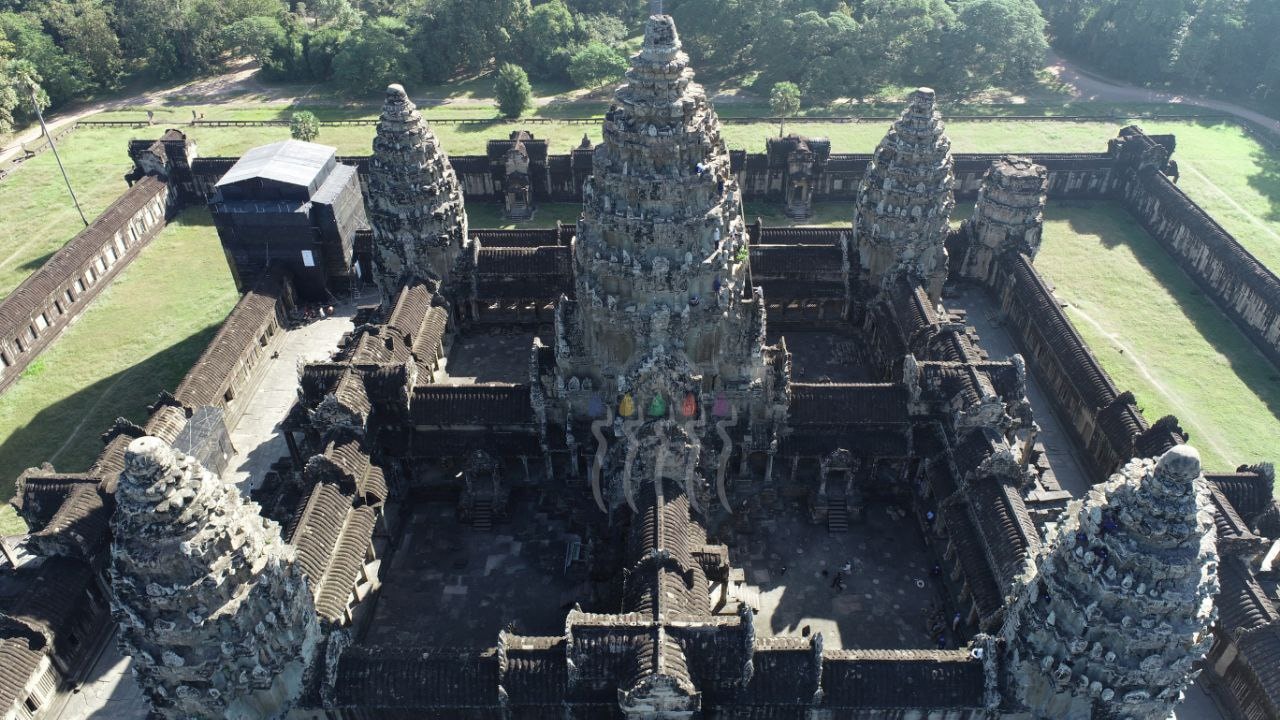មូលនិធិប្រាសាទពិភពលោកកំពុងបន្តគម្រោងជួសជុលជណ្តើរ និងជញ្ជាំងផ្នែកខាងត្បូងរបស់ប្រាសាទភ្នំបាខែង -World Monument Fund is continuing the restoration project of the southern staircase and wall of Phnom Bakheng Temple- 12 February 2024
មូលនិធិប្រាសាទពិភពលោក(World Monument Fund) របស់សហរដ្ឋអាមេរិកក្រោមកិច្ចសហប្រតិបត្តិការជាមួយអាជ្ញាធរជាតិអប្សរា កំពុងបន្តជួសជុលជណ្ដើរ និងជញ្ជាំងផ្នែកខាងត្បូងរបស់ប្រាសាទភ្នំបាខែងបន្ថែមទៀត បន្ទាប់ពីបានបញ្ចប់ការជួសជុលរចនាសម្ពន្ធជណ្តើរ និងជញ្ជាំងផ្នែកខាងកើត និងខាងជើងរួចរាល់មក។





